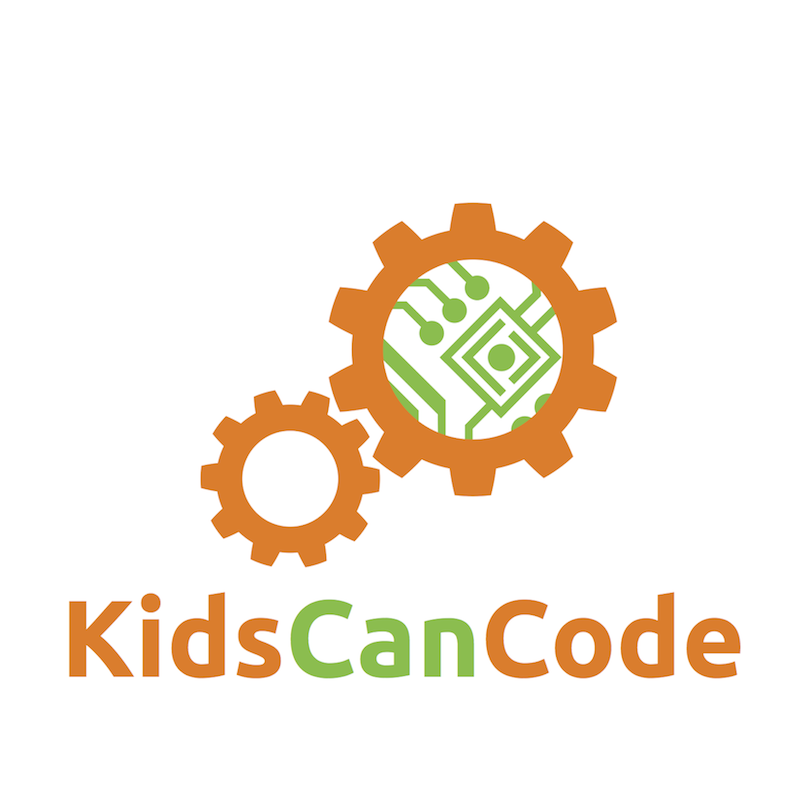Gamification and Education
Sun, Aug 23, 2015“Gamification” is the application of game design and gaming mechanics in non-gaming contexts. When you see LinkedIn giving you a “profile score,” that’s gamification at work. Done well, it can be a great method of incentivizing users to be more active. In fact, in the absence of formal gamification features, users will often “gamify” things themselves - from people on Facebook who try and get more Likes than their friends, to drivers trying to time it so they don’t hit any red lights. Our brains are wired for play, and we’re always looking for ways to get that feeling of reward that comes from a win.
Gamification is also a big buzzword in education these days. However, when you think about it, it’s not really a new idea at all. Teachers have long offered incentives to students who meet certain behavior or academic goals - think gold stars, prize boxes, and extra credit points. In point of fact, there’s nothing really conceptually different between getting an “A” on the report card and a “High Score” at the end of a game level. In both cases, you move up to the next level and start again with more challenging material/opponents.
What’s different today is that with the rise of the electronic gaming industry, we have developed a whole new suite of tools and structures for harnessing the psychology of players and collecting data on what works and what doesn’t. Especially in the free-to-play market (disclaimer: I have worked for several free-to-play publishers), data analysis and incentivization have become highly refined tools that drive game design and can directly affect the success/failure of a title.
This is where the objections to gamification, especially in the context of education, usually stem. There are any number of examples of free-to-play “games” that are really nothing more than barely disguised Skinner boxes designed to exploit players’ addictive tendencies in the hopes of coercing a click on the “Buy now” button. However, ultimately gamification is nothing but a tool and just like any tool, it can be applied poorly and lead to results opposite of those intended. I believe that gamification promises to provide powerful tools to drive learning in a positive way, both online and in the classroom. I’m certainly not alone in this belief, and over the next few months, I’ll be looking into a variety of projects in this space and writing about them here.
If you have any questions or comments, please feel free to reach out to me at the contact link on the right, or join us on Facebook
